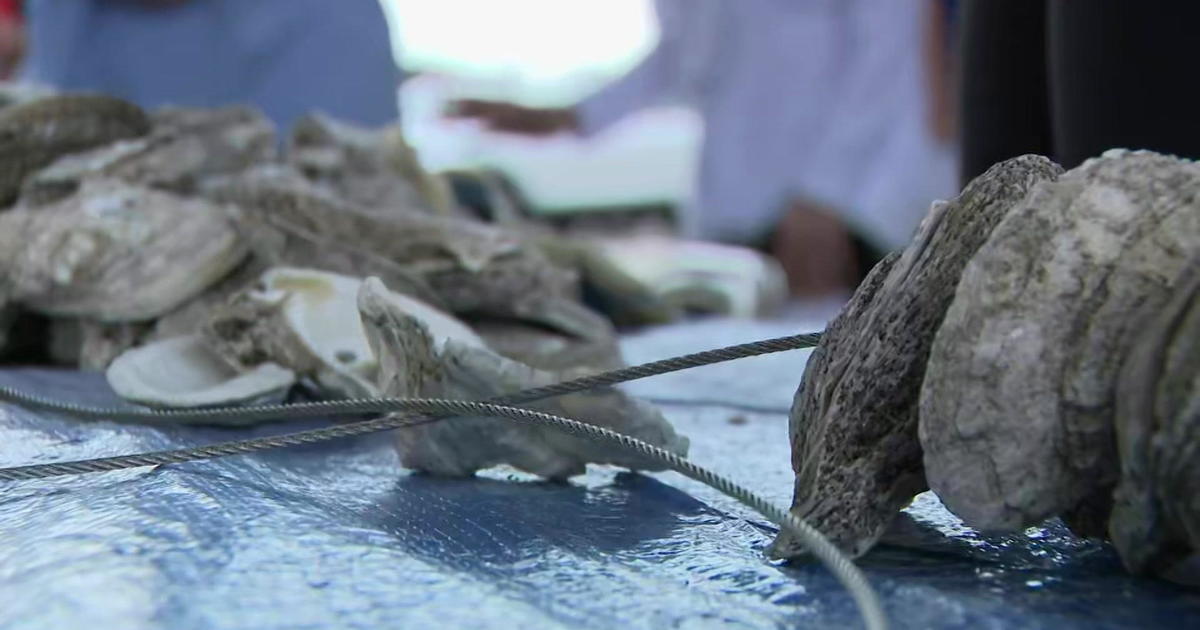New Facial Recognition Technology Could Make Air Travel Much Smoother
Follow CBSMIAMI.COM: Facebook | Twitter
MIAMI (CBSMiami) – On Friday, Lufthansa Flight 461 to Munich, Germany out of Miami International Airport became the first flight where passengers could use biometric technology to board the plane.
"For tonight's flight, we are launching an exciting boarding process that eliminates the need for your boarding card or passport," said a boarding agent at Gate 17.
That means passengers will no longer have to fumble through their bags, trying to find their documents, or even worse, misplace them before a flight.
This biometric technology, designed by the information technology company SITA, is a facial recognition service. The photo you take is matched to other photos in the system, such as passport or visa photos along with your information.
"This very quickly gives us a positive ID on the individual," said Chris Maston with U.S. Customs and Border Protection, or CBP.
According to CBP, the process takes less than 2 seconds and has a 99% matching rate. In the 1% chance of error, there are still customers officers and gate agents who can check documentation.
Lester Sola, the aviation director and CEO of Miami International, said 2018 was a record year with more than 45 million travelers. Numbers are predicted to grow and they needed to look toward new technology to make traveling quicker and more efficient.
Biometric technology was presented to him in late 2017. By April 2018, the technology was implemented for some international passengers flying into Miami. Miami International Airport was the first in the country to do so.
"Historically, it may have taken 1 or 1-and-half hour for 500 passengers," said Sola. "Now it's about 15-20 minutes."
For the past year, this was only an option for passengers flying internationally into Miami. Now some airlines will have the technology for passengers as they board a plane to depart.
Some passengers like Nathan Wood and Chandra Seepaul already love the idea.
"It's nice and quick like us Aussies," said Wood.
"Less stress, very fast. And then you don't need to fold your passport and boarding pass in your hand, sometimes you don't know where you put it," added Seepaul.
The process is voluntary. Kids who don't reach the camera are still ineligible. When asked about security or privacy concerns, Wood and Seepaul weren't deterred.
"The government is already watching us, so if it makes it quicker, that's easier," joked Wood.
"No, they take your boarding pass, you stand over there and take a picture," said Seepaul. "It's the same system."
Sherry Stein, the senior manager of Projects and Innovation with SITA, said the information is what the system already has anyway.
"If you have to enter the country, you have to supply that information. It's nothing new," said Stein.
So far, the technology is only being used for international travelers at some airlines in select airports – Miami and Orlando being two of them. But that list will quickly expand, according to industry experts.
"The travel industry is growing exponentially. Travel is expected to double. Every day the airports will be like Christmas," said Stein. "We have to find ways to make the process easier for travelers."
Stein adds the goal is to use this technology to make the traveling process more streamlined, where you won't need to show several documents and forms of identifications multiple times while traveling.
Call it curb to gate, reservation to destination, if you ask the CEO of MIA, he calls it the very near future.
"I think before the end of 2019, [biometric technology will be] everywhere," said Sola. "You'll have every airport having some form of biometric measures."



